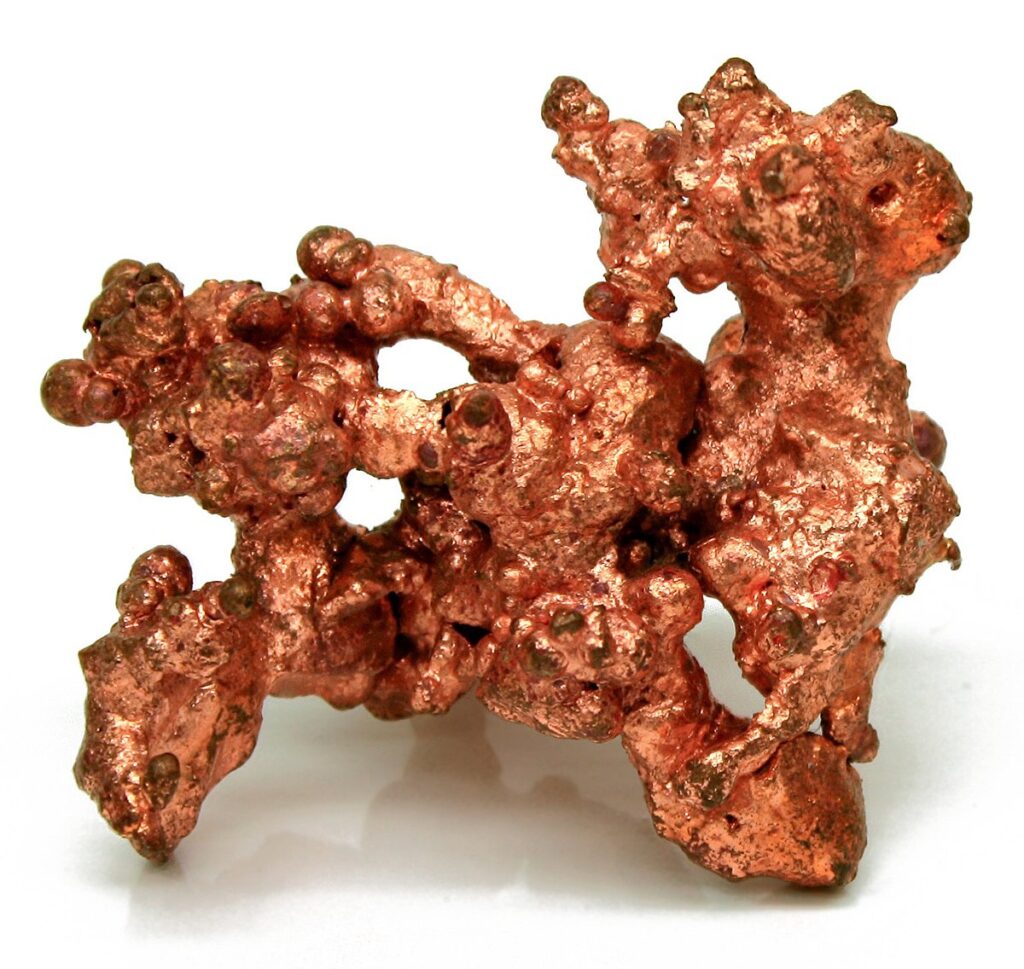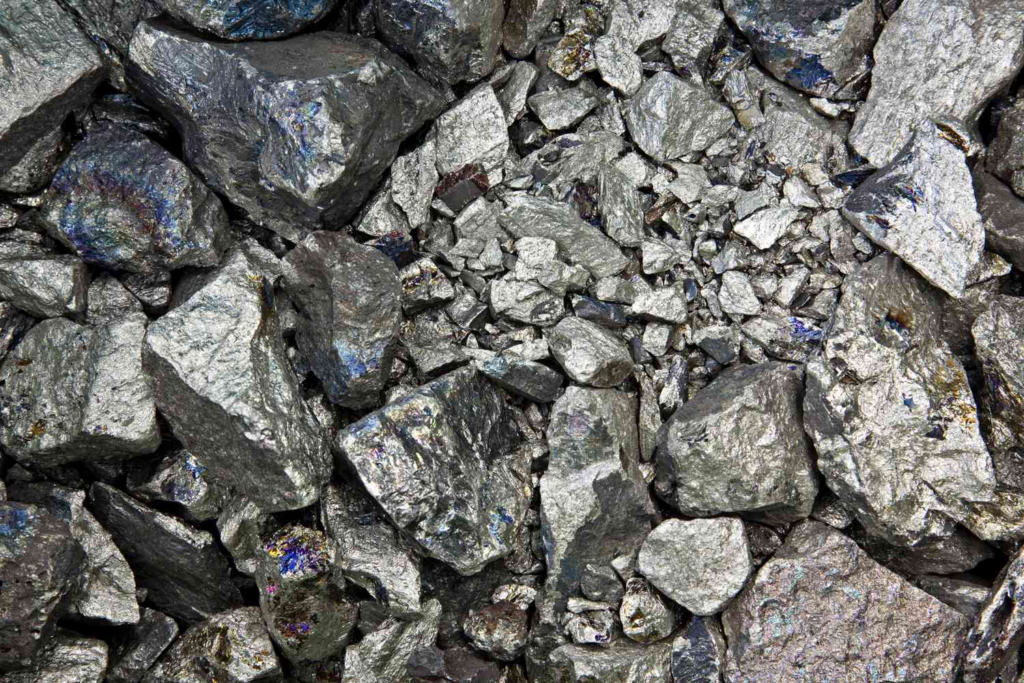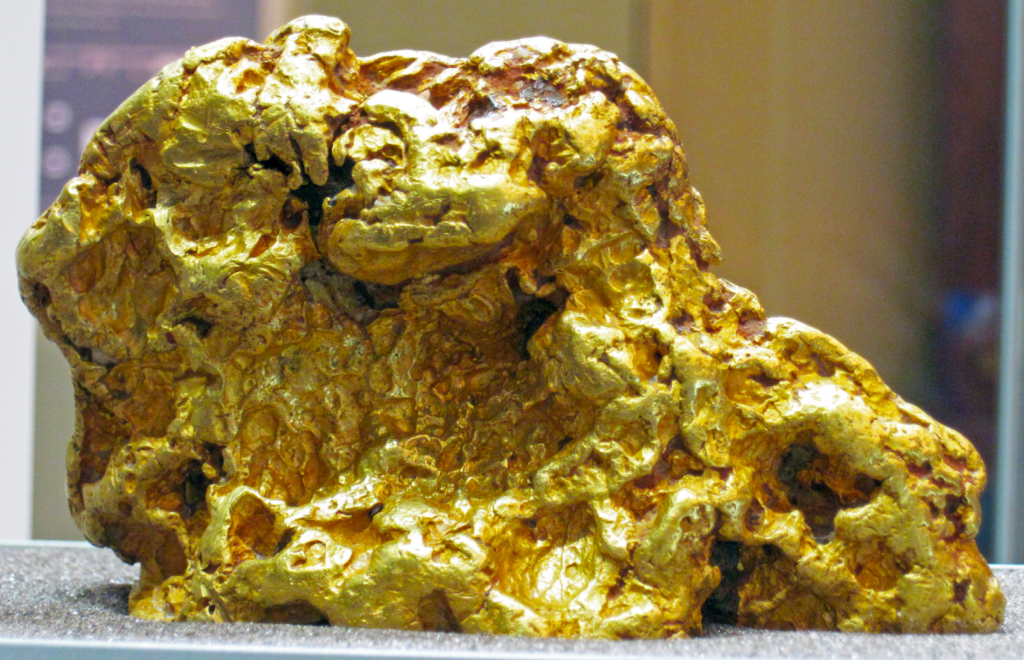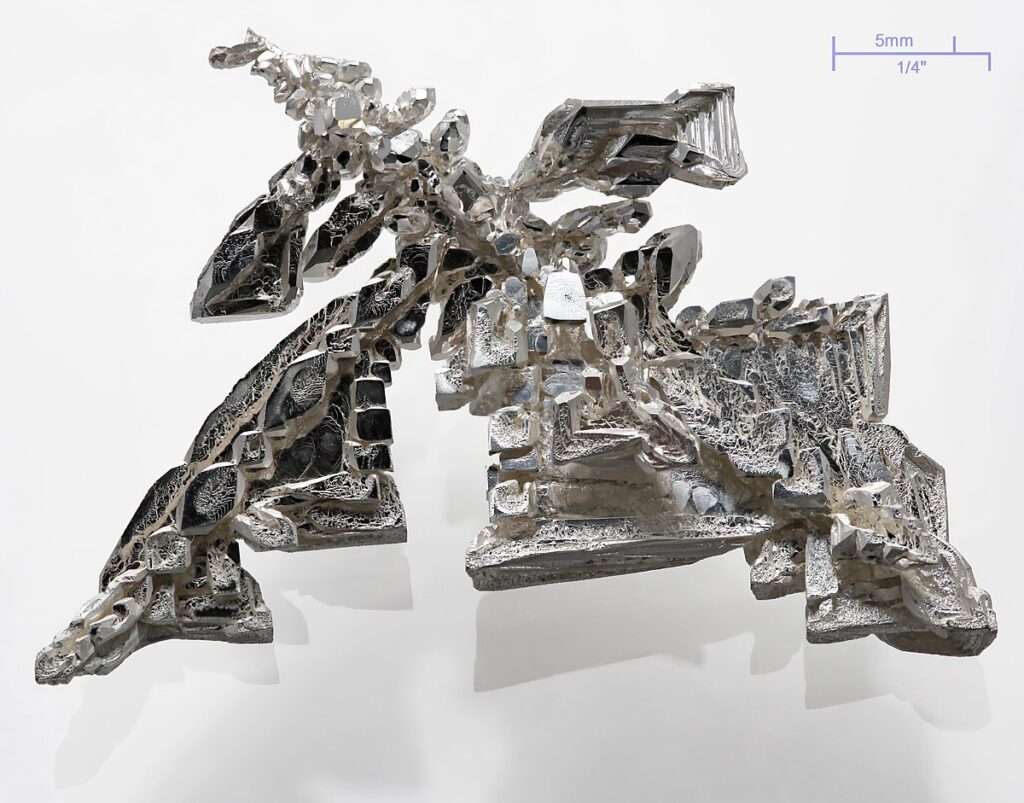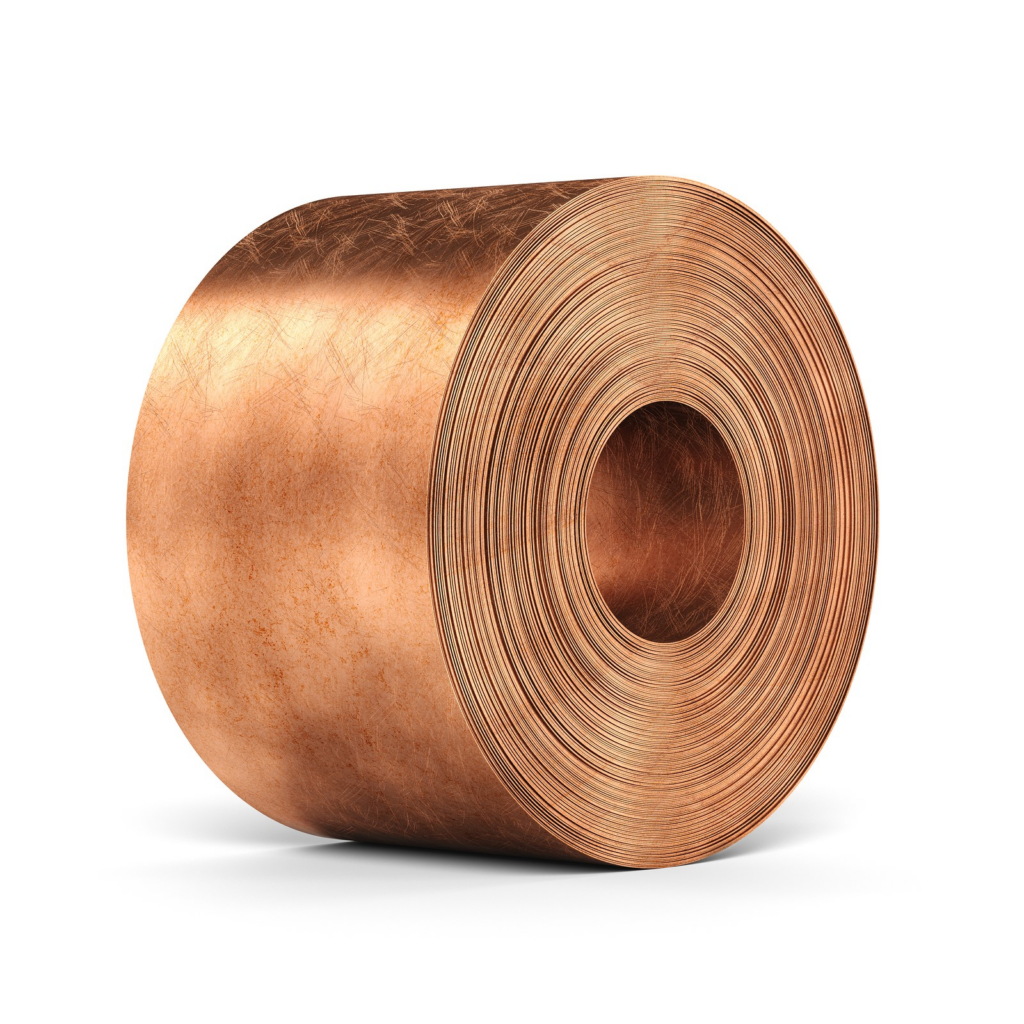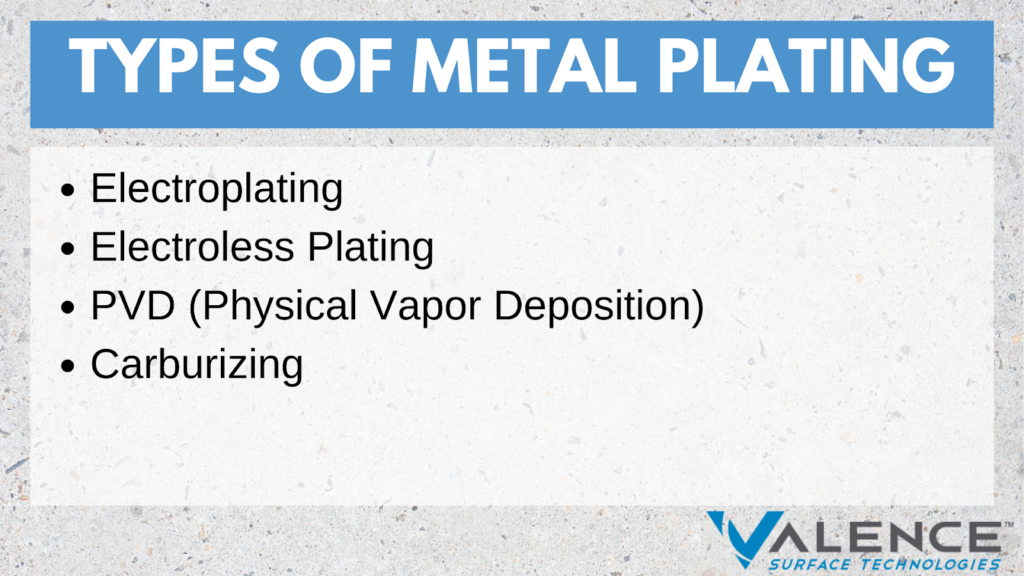Engineering employs metals like steel, titanium, aluminum, and other materials extensively for design and structural purposes. This is because they possess desirable traits that make them effective in a variety of applications.
The majority of these metals, however, are employed in demanding service environments, which gradually erodes their qualities and impairs their performance in use. For instance, one application of steel is in the aerospace industry.
As a result, it is placed in a very hostile environment where it may corrode and eventually sustain damage. Damages in this application will erode the steel’s structural strength and go beyond mere aesthetic or cosmetic issues. These damages might call for more frequent replacements and more costly maintenance.
In this article, we will discuss top metal plating techniques in 2023, when to use them, their advantages and disadvantages, and how to choose the right one for you.
What Is Metal Plating?
The process of plating involves covering a material’s or workpiece’s surface with a different metal. Numerous beneficial effects of plating include preventing corrosion, altering conductivity, enhancing wear, enhancing solderability, lowering friction, increasing heat resistance, and hardening the material.
The qualities and performance of the material can be altered by plating, which alters its applications in precision machining. Here, we look at the various plating techniques and how they affect the material, as well as how these procedures impact precision machining.
Metals Used For Plating
Chrome
Metal is given a distinctive, bright silver-toned finish by chrome plating. Because it lowers the possibility of rust and increases the object’s resistance to friction, it’s also a wise choice for industrial projects. Hexavelent chromium, a chromic acid, is used in the electroplating process that is typically used to apply chrome plating.
Copper
Metal can be given a bronze color by expensive copper plating, though it can also be blackened for an aged or vintage appearance.
Although copper plating can be used on its own, it’s also used as a pre-treatment for other metal plating types, like nickel and chrome, because it helps the metal’s subsequent coatings adhere to it better. Copper is a great metal for car parts, screws, large metal frames, and hotel decor.
Nickel
Household items frequently have nickel plating applied to give them a sleek, contemporary appearance. Stainless steel, copper, and aluminum are the three metals that nickel is most frequently used on, but it can also bond to other metals.
Nickel plating is an easier, more environmentally friendly option because it is done electroless. The table and chair legs look fantastic and are made of nickel.
A high phosphorous nickel alloy can make the objects it is applied to stronger and more resistant to rust. It is a fantastic substitute for silver.
Gold
Gold plating gives objects a timeless, opulent appearance and is frequently used on metal light fixtures, expensive furniture, and other luxuries and decorative items. Gold plating, as opposed to gilding, applies the finish by immersing the item in a gold bath rather than using gold-colored foil. This kind of plating has a high level of oxidation resistance.
Additionally, to improve electrical conductivity, gold plating is a good option for component cables and electrical connectors.
Silver
If you’re searching for a classic yet contemporary finish, silver plating is an additional choice. Silver improves electrical conductivity and adds a lovely decorative touch, just like gold, but it is less expensive.
Silver is best used on items that will be in drier environments because it has a tendency to crack or peel when exposed to high humidity. Hotel furniture and light fixtures both look fantastic in silver.
Tin
In contrast to most silver and nickel finishes, tin plating gives metals a silver appearance that has a more grayish undertone. Tin-coated items can have a glossy or matte finish. Due to its excellent rust resistance, this plating type is a great option for outdoor furniture, metal fencing, and food preparation and serving equipment.
Tin is a very widespread metal, which lowers the cost of production.
Ti-Cad
Ti-Cad or titanium cadmium plating is a titanium cadmium combination plating that provides corrosion resistance on high-strength steel applications. It significantly reduces the negative consequences of hydrogen embrittlement.
Brass
For steel light fixtures and other indoor decorative items, brass plating is a good option. For outdoor furniture and other metals that will be exposed to the elements, it is best to choose a different finish since items that are plated in brass don’t have a strong resistance to corrosion. A great gold substitute is brass. Excellent for manufacturing pieces of lighting and furniture.
Bronze
Because it is less resistant to rust than other plating types, bronze is a plating type that is best suited for indoor projects. Standard bronze finishes complement steel objects because of their coppery hue.
Another type of bronze plating that has a darker, brushed appearance is oil-rubbed bronze. Oil-rubbed bronze is a good option if you’re looking for a well-liked, darker finish for a brass or copper item. Excellent for metal sculptures, table ends, and outdoor decor.
Zinc
Zinc is abundantly available, similar to tin, which helps keep costs lower than with some other plating types. Zinc plating, which is frequently used on small metal components that could be exposed to moisture, gives metal a bluish-gray appearance. Zinc-coated screws, bolts, and other small components are less likely to rust than those with many other finishes.
Types of Metal Plating
Electroplating
The most popular plating technique is electroplating. In the process of electroplating, positively charged metal ions are dissolved in a chemical solution. The material that is going to be plated, which is on the negatively charged side of the circuit, is drawn to the positively charged metal ions. The dissolved metal particles are then drawn to the surface of the component or finished well after it is submerged in this solution.
The surface of the material is effectively changed by electroplating, which produces a smooth, even, and quick coating for the material. Cleaning, striking, electrochemical deposition, pulse electroplating, and brush electroplating are just a few of the various steps and procedures that can be used in electroplating.
Metals Used In Electroplating
Individual metals or different alloy combinations (which can add value to the electroplating process) can be plated. The following metals are some of the most frequently used for electroplating:
Copper: Due to its conductivity and heat resistance, copper is frequently used. It is frequently employed to strengthen the bond between material layers.
Zinc: Zinc is very resistant to corrosion. To improve this quality, zinc is frequently alloyed with other metals. Zinc, for instance, is particularly resistant to atmospheric corrosion when alloyed with nickel.
Tin: This shiny, matte metal is very solderable, corrosion-resistant, and safe for the environment. Additionally, it is less expensive than other metals.
Nickel: Heat treatment can increase nickel’s already excellent wear resistance. Because they provide elemental resistance, hardness, and conductivity, their alloys are also extremely valuable. Additionally valued are electroless nickel plating’s hardness, magnetism, low friction, and corrosion resistance.
Gold: This priceless metal is highly conductive and aesthetically pleasing, with high corrosion, tarnish, and wear resistance.
Silver: Silver is extremely ductile and malleable, has excellent resistance to contact wear, and has excellent aesthetics. However, it is not as corrosion-resistant as gold. In applications where thermal and electrical conductivity is required, it also serves as a substitute for gold.
Palladium: Due to its hardness, resistance to corrosion, and lovely finish, this bright metal is frequently used in place of gold or platinum. This metal achieves excellent hardness and plating quality when alloyed with nickel.
Different Electroplating Techniques
Barrel Plating
Large groups of tiny parts can be plated using the barrel plating technique. In this procedure, components are put inside a barrel that has an electrolyte solution inside of it. The barrel is rotated while the electroplating process is taking place, agitating the parts to ensure consistently even finishes. Barrel plating is a cheap, effective, and flexible solution that works best on small, robust parts.
Rack Electroplating
When electroplating large groups of parts, rack plating, also known as wiring plating, is a good choice. This technique puts each component in direct contact with the electrical power source by arranging it on a wire rack. This choice is ideal for more delicate parts that cannot undergo barrel plating, despite being more expensive. It is crucial to remember that rack plating is more challenging for parts that are electrically conductive or have irregular shapes.
Electroless Plating
Electroless plating, also known as autocatalytic plating, uses a method similar to electrodeposition but does not subject the component to electricity. Instead, a chemical reaction is used in place of an electrical one to dissolve and deposit the plating metal. Despite being useful for parts that cannot be operated by electrical currents, this option is more expensive and less effective than others.
Pros Of Electroplating
Protective Barrier
Creating a barrier of protection on the substrate through electroplating shields it from the elements. This barrier may occasionally be able to prevent corrosion brought on by the atmosphere. This characteristic specifically helps components because they can withstand harsher environments for a longer period of time, requiring less frequent replacement.
Enhanced Appearance
Enhanced aesthetics: To make exterior pieces more lustrous and eye-catching, thin layers of precious metals are frequently plated onto them. Because this plating adds aesthetic appeal without incurring exorbitant costs, attractive parts can be sold for less money. Additionally, electroplating is frequently used to stop silverware from tarnishing, increasing durability and aesthetic appeal over time.
Electrical Conductivity
Silver and copper plating contribute to improved electrical conductivity in parts, providing a practical, affordable solution for enhancing conductivity in electrical and electronic components.
Heat Resistance
A number of metals, such as gold and zinc-nickel, are heat-resistant, enhancing the substrate’s ability to withstand heat damage. This in turn may lengthen the lifespan of parts that are plated.
Enhancement Of Hardness
Electroplating is frequently used to strengthen substrate materials, reducing their susceptibility to damage from stress or rough use. This characteristic can lengthen the life of plated parts and decrease the need for replacement.
Cons of Electroplating
Pollution
Pollution is the first and most significant drawback of electroplating. The electroplating process generates some hazardous waste products, which, if improperly disposed of, can cause significant environmental harm. However, this can be avoided with effective waste management!
Relatively Higher Costs
Costs are yet another drawback that is frequently mentioned in relation to electroplating. As you might expect, an entire electroplating setup is very expensive! Before you can begin, you’ll need to buy a lot of metals, chemicals, and other expensive pieces of equipment. Fortunately, the price of electroplating equipment is getting cheaper over time!
Electroplating Takes Time
The electroplating process’s final drawback has to do with time. Electroplating can be a lengthy process that requires a lot of patience because the metal layer is deposited very slowly. Even when pieces require multiple layers, perseverance will pay off in the end.
Industries That Use Electroplating
Automotive Industry
To stop corrosion in challenging environmental conditions, plating is frequently used in the automotive industry. Electroless nickel plating is an excellent substitute for chrome on catalytic converters and plastic components, while zinc-nickel plating solutions prevent the formation of rust.
Electronics Industry
Due to gold plating’s conductivity, electronic companies frequently use it to cover connectors and semiconductors. In this industry, gold is also prized for its ability to resist corrosion. When the emphasis is on conductivity, copper plating is used as an alternative to gold in this industry. Palladium alloys are frequently used on electronic components and equipment as protective coatings.
Medical Industry
Metal electroplating is frequently used in the medical equipment sector to increase the biocompatibility of parts, particularly implants. Due to their biocompatibility, corrosion resistance, hardness, and wear resistance—all of which are necessary for implants and joint replacements—gold, silver, and titanium are frequently used in this industry.
Aerospace Industry
Titanium is frequently used in the aerospace industry to build aircraft because of its excellent strength-to-weight ratio. In this industry, copper is frequently used to increase heat resistance, while nickel plating is frequently used to protect against corrosion and wear.
Oil And Gas Industry
Due to the nature of petrochemicals, corrosion protection is a major concern for the oil and gas sector. In this industry, electroless nickel plating is frequently used to prevent corrosion on pipes and other components, extending the life of the parts.
Electroplating is used in numerous other industries, such as the military, defense, and firearms sectors. Electroplating is preferred by all of these industries due to its practical qualities, low cost, and adaptability of use.
Electroless Plating
Because electroless or autocatalytic plating doesn’t need external electricity or plating baths and can be used on a variety of sizes and shapes of materials, it is less expensive. Electroless plating is slower than electroplating, unable to produce thick plates, and more difficult to control. Electroless nickel plating is the most typical autocatalytic plating technique. However, this method can also be used to apply copper, silver, and gold plating.
Electroless plating has a number of effects on the finished product, including preventing corrosion of the base metal, enlarging the workpiece, and changing conductivity, reflectivity, and solderability.
How Electroless Plating Works
It is possible to plate your component without the use of an external power source using electroless plating, also referred to as autocatalytic plating or conversion coating. The procedure entails immersing the component in an aqueous solution, depositing nickel, and then plating the component without the use of electrical energy.
This process is entirely chemical; unlike electroplating, it doesn’t require any additional equipment or electrical power.
When Is Electroless Plating Used
What benefits do electroless plating and electroplating have over one another?
Electroless plating techniques are frequently a better option if your main objective in plating your parts is to increase corrosion resistance rather than, for example, to improve the product’s aesthetics. This is because the resulting plated part tends to be extremely hard and less porous, thereby increasing corrosion resistance. Because of this, electroless plating techniques are very common in sectors like the oil industry and marine applications where parts are subject to wear and corrosion.
On components like pumps and valves, which are frequently exposed to corrosive agents, you will frequently find electroless plating techniques being used. Additionally, electroless plating produces metal deposits that are consistently thick all over the component in a very uniform manner.
Therefore, electroless plating may be a much better option if you have parts with complex shapes where uniform plating may be challenging to achieve using traditional electroplating methods.
What Metals Can Be Electroless Plated?
When exposed to different environmental factors and corrosive applications over time, raw metals other than precious metals can easily oxidize and corrode.
Any component’s correct design must start with a surface engineering assessment to guarantee that the final product will perform consistently for the duration of its designated service life. Corrosion can cause functional problems and shortcomings even in relatively low-stress service applications.
Galvanic corrosion, chemical assault, erosion, and other corrosive mechanisms can all be effectively countered by electroless nickel plating. Steel, copper, brass, and aluminum alloys are just a few examples of the many base metals that can receive electroless nickel plating (ENP). Electroless Nickel plating is currently utilized to promote corrosion protection performance across a diverse range of industries, including heavy equipment, oil, and gas, power transmission and distribution, automotive, marine, and railway, to name a few.
Advantages Of Electroless Plating
The electroless nickel plating process offers various advantages over traditional electroplating that make it a reliable surface finishing treatment:
Corrosion Protection
Compared to electroplated nickel, electroless nickel is less porous, making it highly hard and resistant to typical corrosives such as salt water, carbon dioxide, oxygen, and hydrogen sulfide.
Cost-Efficient
Since the coating is produced using a precise and effective method without the need for energy, it is cost-effective for a variety of applications. This durable, high-quality finish can be produced for less money upfront and with less equipment than traditional electroplating. The finish adds to cost savings over the equipment’s lifetime by extending the service life of parts.
Uniformity
An extremely even coating is achieved during the ENP process. The auto-catalytic nature of this process prevents key parts of your item from being over- or under-plated because there are no high- or low-current zones. Engineered coatings have a tight, controllable thickness and no edge buildup. With this method, even complicated geometries may be coated equally.
Hardness
Low (2-4%), mid (5-9%), and high (10-14%) concentrations of phosphorus are present in several types of ENP baths. The final application determines which bath should be used. High-phosphorus EN (10–14%) offers the best corrosion protection while offering the lowest amount of hardness, whereas low-phosphorus EN (2-4%) offers the highest hardness while offering the lowest level of corrosion protection. The best of both worlds is offered by mid-level phosphorus (5–9%), which many clients prefer.
Disadvantages Of Electroless Plating
To increase the adherence of the nickel and lessen internal tensions inside the nickel that has been deposited on parts that are susceptible to corrosion via usage, post-heat treatment may be required. Hydrogen embrittlement is still a possibility for electroless nickel-plated parts.
It’s crucial to watch out during heat-treating electroless nickel so as not to soften the already-existing material.
Immersion Plating
By dipping the component into a solution of nobler metal ions, adhering layers of nobler metals are applied to the surface of another metal. Therefore, the nobler metal ions will coat the parts after the copper releases its electrons when metal components made from a material like copper are added to the electrolyte.
Immersion plating is also referred to as “dip plating” or “metal replacement.” Similar to electroless plating, it is a chemical process with no external current. In contrast to electroless plating, the deposition of metals stops once the part is completely coated. Immersion coating modifies the metal’s surface to increase electrical conductivity, wear and corrosion resistance, and wear resistance. Additionally, it can change the coated part’s bonding, reflectivity, and appearance.
Effects Of Immersion Plating
Immersion plating produces a thin layer of plating, which is followed by the plating process ceasing. Additionally, immersion plating appears to have lower adhesion quality, where the plating doesn’t’stick’ to the base metal as firmly.
Immersion plating has a positive impact on the final product’s corrosion resistance, electrical conductivity, appearance, hardness, torque tolerance, and bonding abilities.
Metal plating can modify the material’s characteristics for use in precision machining applications and alter the qualities of the finished product. Understanding how plating affects your workpieces requires weighing its advantages and disadvantages as well as how it affects machining.
PVD (Physical Vapor Deposition)
A group of coating procedures known as PVD deposits thin films on the substrate. The solid coating material, such as titanium, chromium, or aluminum, is evaporated during the physical vapor deposition process by heat or ion bombardment. During the procedure, a reactive gas, like nitrogen, is added. This gas reacts with the metal vapor to form a compound, which then deposits as a very thin coating on the metal’s surface. As a result, the coating and the metal part form an incredibly solid bond.
Very hard and corrosion-resistant surfaces, high-temperature resistance, and good impact strength are a few benefits of PVD.
Ideal for a wide range of applications:
- Aerospace
- Automotive
- Cutting Tools
- Medical
- Firearms
- Optics
- Thin films such as window tint, food packaging
Carburizing
Carburizing, also known as case hardening, is a heat-treating procedure that creates a wear-resistant surface while preserving the core’s strength. usually used on high- and low-carbon steel after machining, allowing gears, bearings, etc. Carburizing is appropriate for complex shapes made of less expensive materials that can easily be machined to produce a very hard surface. The part is heated during the process in either a sealed atmosphere furnace or a pit furnace.
The depth of carbon diffusion is then affected by heat and temperature as carburizing gases are then introduced, typically carbon monoxide but also sodium cyanide and barium carbonate. The component is then either slowly cooled for later quenching or immediately quenched in oil.
Very Hard Exterior
Simple: a carburized steel object will have a very hard exterior. This enables it to withstand significant physical trauma without breaking down too soon.
There are steels with surfaces that are harder than those of carburized steel, but they are more expensive and less malleable. Essentially, they don’t offer the highly sought-after balance of a soft interior and a hard exterior that carburized steel does.
Soft Inside
The interior softness of carburized steel is one of its main advantages. Its interior is soft, making it simple to shape-shift into different objects. This makes it especially practical when creating complex metal objects with hard surfaces (ie. internal machine components).
Some alloys of non carburized steel have naturally hard surfaces. They lack the internal softness required to be intricately shaped and formed, though. In essence, they don’t offer the coveted contrast between a soft interior and a hard exterior that carburized steel does.
Relatively Affordable
Carburized steel is undoubtedly the most cost-effective choice if you’re only interested in purchasing a steel alloy for its surface hardness. Compared to the manufacture of some steel alloys, the carburization process is much less expensive.
Trying to manufacture hard steel products on a mass scale? Carburization is the most cost-effective option.
Choosing The Best Metal Plating For You
The best metal finishing process for your needs will depend on a number of factors, so be sure to consider them all. If your specific objective is to achieve corrosion protection, improved appearance, electrical conductivity, or another result, first think about what kind of process will best help you do that.
The time it takes to complete the finishing process is another crucial factor. Cycle times can differ significantly between processes, and elements like substrate, part size, and job volume will also have a significant influence. Make certain that the chosen process works with your production schedule.
Cost will, of course, be a significant factor in your decision. You should consider both short-term and long-term costs when estimating costs. Remember that even though some metal finishing procedures may demand a higher initial investment, they may also produce significant cost savings through shortened cycle times or improved quality.
Let Valence Help You
Looking to talk to an expert on plating or finishing-related topics? Let Valence help you. Valence is the industry leader in quality for precision components in the aerospace, satellite, electronics, and medical device industries. With unique selective plating and precision masking techniques for critical plated components, we are the leader in satellite and UAV applications, including a proprietary process for the precision internal plating of waveguides.
We offer integrated honing and grinding capabilities to complement our cadmium and chrome plating. To get a quote on your next project, get in touch with us today and we’ll discuss all of the surface finishing questions you may have.

